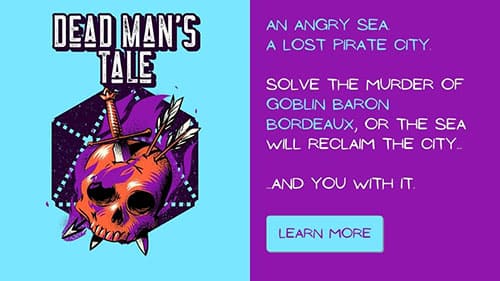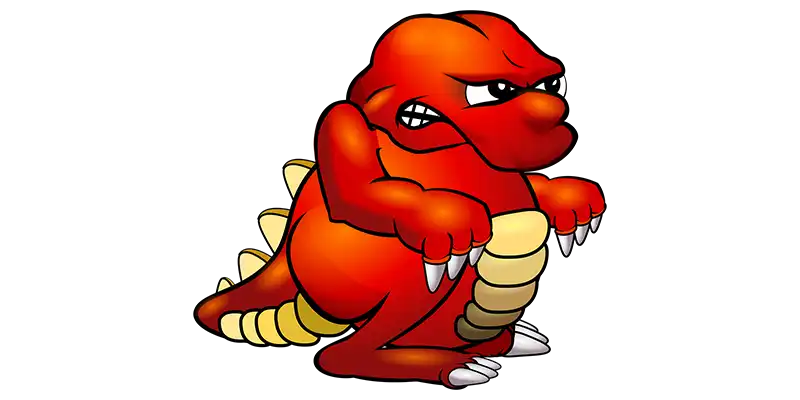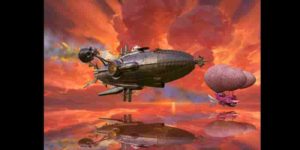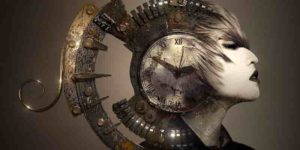Building homemade monsters in Dungeons and Dragons 5e or any other TTRPG gives you an opportunity to customize your game with special villains and creatures with unique features. If you’ve been running games for a while, you start to understand the mechanics and flow of monster blocks. From here, you can get creative with how you build and implement these monsters into your campaign.
When building homebrew monsters for DnD 5e and other TTRPG games, consider these tricks for fun and creative builds.
- Reskin Monsters
- Create Your Own Versions of Well-Known Monsters
- Use Special Magic and Abilities in Combat
- Use a gimmick
- Consider Story Aesthetic
Reskin Monsters
First, we’ll start with the basics. The easiest way to make your own monster is to reskin a monster block from the Monster Manual or another monster guide. This is a great way to keep the monster at a similar level of difficulty as its base form. Therefore, you don’t have to guess at making the monster too strong or weak. You can use the base stat block and make some minor adjustments to keep it relatively the same CR.
For example, let’s take a look at making a unique werewolf variant. Maybe your campaign setting is arid and full of savannahs and deserts. Now, you can begin with a werewolf stat block and make subtle changes. Your variant could be more like an African wild dog, jackal or coyote in appearance but use the same stats and abilities as a typical werewolf.
Then, you can further add unique traits or abilities based on how your werewolf has adapted to its environment. Perhaps werewolves in an arid environment rely more on cunning and ambush tactics. Consider bumping their Wisdom score up a notch and give them bonus actions that increase ally attack rolls or damage (Pack Tactics, or your own creation).
On the other hand, you don’t even need to make the monster similar in appearance. If you see a block for a particular challenge rating and it makes sense, transform the creature’s appearance to anything you want.

Create Your Own Versions of Well-Known Monsters
Once you get a good feel for balancing monster challenge ratings (CR) and what abilities come with those challenge ratings, you can create your own werewolf. You might find the original build is missing something, either thematic or strategic. Plus, you might find that your party has leveled past the original werewolf block. You’ll need to come up with a more powerful variant.
Sure, the original build covers typical werewolf archetypes: silver, claws, a good sniffer. However, there’s plenty of differing werewolf lore you could include.
- Healing factors: Gains hp every turn.
- Dracula Connection: Related to vampires and has vampiric abilities or magic.
- Fae Connection: Related to the Fae realm as a force of nature and has Fae abilities or magic.
- The Monster Within: Goes berserk when it transforms and gains attack/armor bonuses.
Use Special Magic and Abilities in Combat
Now, let’s get into crafting these monster spells and abilities. As you get further into world crafting and DMing, you will get a sense of how spells and abilities operate in the combat system. You can choose official spells and abilities and add them in to the creation you make. However, once you get a feel for how they work, why not create your own?
Be careful not to overpower your monster. Yes, you can create anything you want, but this is still supposed to be fun. Also, keep your unique spells tied in with the theme of your monster. Your werewolf probably doesn’t need to shoot lasers from its eyes.
For example, a unique werewolf might have:
- Super Howl: Blows target creature back 10 feet, causes damage and deafness.
- Healing Factor: Heal every turn, when a werewolf bites, or both.
- Lycanthropy: Players who are bit need to find a cure to their new curse.
- Bestial Rage: Bonus damage with claws, player is grappled.
Elemental spells use themes that fit a particular strategy, which are roughly.
Guide to Building a Steampunk Campaign: DnD 5e
| DnD 5e Guide to Building Puzzles
|
- Fire, Lightning and Acid: Maximum carnage
- Ice: Hinder movement
- Air: Push
- Earth: Trip
- Poison: Damage over time.
- Necrotic: Play with life force—damage over time, lower baseline HP, weaken.
- Radiant: Powerful, especially against undead.
Naturally, you would move to more intricate spells—illusion, summoning, etc as the difficulty level increases.
Use a gimmick
Sick of hashing it out with your players, hit point by hit point? Regular combat can be a slog when it is overdone. Once the thrill of using special abilities and spells wears off, it can be a grind to defeat a boss monster.
Therefore, shake up the game play and give your boss a gimmick. Think of it like a video game. Some monsters you hack and slash through, gaining experience and gold as you go. Then, the boss fight drops. Now, the game is no longer about spamming the attack button. You have to find the monster’s weaknesses and exploit them, or solve a puzzle, or uncover some unknown truth. The HP game becomes irrelevant.
For our werewolf example, consider destroying totems throughout the adventure as the party is being stalked. They can fight the werewolf off, but it always comes back to ambush them again until those totems are destroyed.
Consider Story Aesthetic
Finally, consider what kind of story your monster lives in. Sure, it might be fun/funny to bring a gruesome demon into candy land, but your players have a certain expectation. This shouldn’t be considered a hindrance—creativity thrives on boundaries. Otherwise, you may fall victim to not making sense.
Werewolves can show up in dark forests or forgotten castles. They may be servants of the Fae or vampires, or they may have independent packs. Some may be wild and feral; others may be organized and armored.
Side note: candy land monsters would make a great exercise in monster building.



